The Huawei P30 & P30 Pro Reviews: Photography Enhanced
by Andrei Frumusanu on April 18, 2019 9:00 AM EST- Posted in
- Mobile
- Smartphones
- Huawei
- P30
- P30 Pro
Display Measurement
The display of the P30s is something I was extremely concerned about, and hoping that Huawei would be able to execute correctly. Much of the concern was due to the poor showing of the Mate 20 Pro display which in my review variant was in the form of an LG panel with a MagnaChip DDIC. Mate 20 Pro units with a BOE panel with a Synaptics DDIC reportedly had many fewer issues as well as less power-consumption.
The P30 and P30 Pro continues to see Huawei using various vendors for the displays. The smaller P30 seemingly is using a Samsung panel with a MagnaChip DDIC if I’m not mistaken. The larger P30 Pro dual-sources the panel from LG and BOE again, however this time around the DDIC for both is provided by Novatek, which is a major design win for the company. I wasn’t actually able to identify which variant my P30 Pro had, however I also wasn’t able to identify any glaring issues with the panel or DDIC behaviour.
Another major issue with the Mate 20 Pro OLED display was quite stark colour shifting in off-axis viewing angles. Here both P30s don’t suffer nearly as much of this issue, and perform as you’d usually expect.

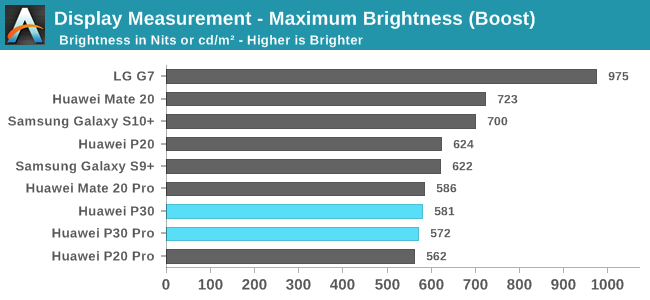
Sunlight legibility of both phones is excellent with auto-brightness boost brightness levels of up to ~570nits. Maximum brightness in manual mode falls in at ~415nits. In effect the brightness characteristics are in line with what we’ve seen in recent Huawei OLED devices.
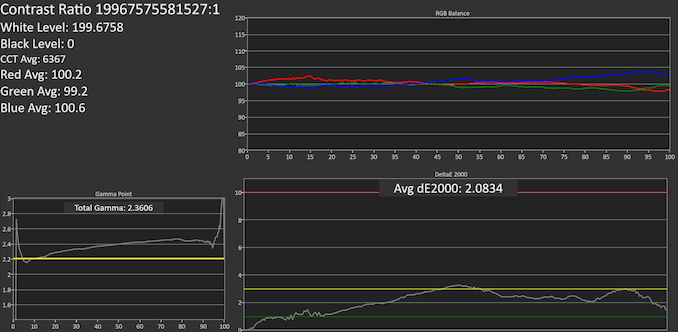
SpectraCal CalMAN
P30 Pro: P30:
Huawei doesn’t ship colour management on the P30s and still relies on its display modes. The “Natural” mode targets the sRGB colour space while the “Vivid” mode targets Display P3. Huawei provides colour temperature controls in both modes and you’re able to freely adjust RGB offsets. For the sake of the article we’re measuring the default presets, respectively the nearest preset that targets near a 6500K colour temperature.
In the greyscale accuracy test, both units have some weaknesses in terms of default colour balance. The P30 Pro comes in with an average 6367K CCT, however this isn’t very noticeable as at the higher levels it’s mostly more blue dominated. Most of the error comes from a higher gamma coming in at 2.36. It’s interesting that this gamma is merely high at our standard 200cd/m² measurement point, going to max brightness we see a much more perfect colour balance (except for the highest 10% levels) with a better gamma, but still seeing a non-linear gamma curve.
The smaller P30 has more issues in terms of its colour balance, here we see a strong dominance of green. This is fixable by adjusting the RGB balance. Like the P30 Pro, the P30 tends to have a too high gamma, showcasing also a more odd stepped response.

P30 Pro - Natural Default - SpectraCal CalMAN
P30 Pro - Vivid Warm - SpectraCal CalMAN
P30 - Natural Default - SpectraCal CalMAN
Colour temperatures across the devices and display modes are best in the default settings, even if they could be tweaked. The P30 Pro’s Vivid mode however is best used with the “Warm” preset.

Grayscale accuracy ends up better on the P30 Pro than on the P30. Both devices end up with deltaE2000 figures of 2-2.7, which is reasonable but not great either. The Mate 20 Pro had a notably better calibration, and the devices also fall behind the P20 Pro, but at least it’s not as disastrous as the Mate 20 or P20.
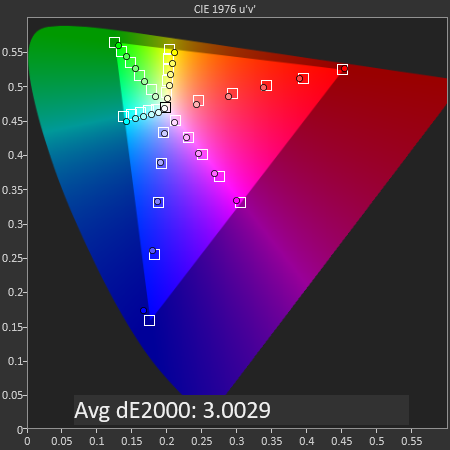

SpectraCal CalMAN
P30 Pro & P30 - sRGB 'Natural'
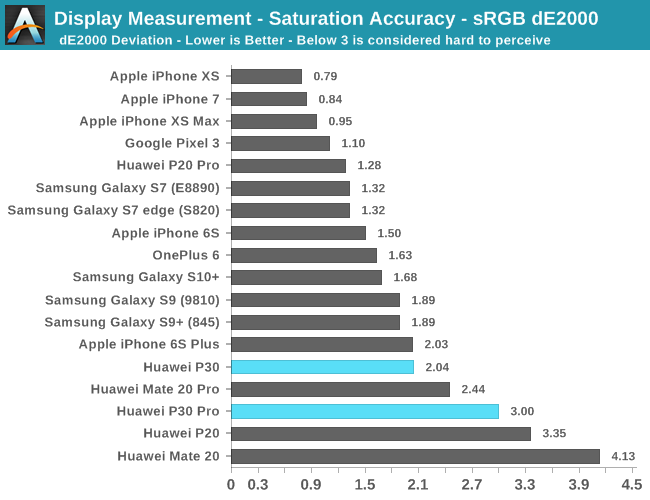
The saturation accuracy on both devices also fall in the dE2000 range of 2-3. The P30 fared better here as on the P30 Pro there was notable inaccurate hues in the yellow and cyan channels, as well as an off-mark blue primary.
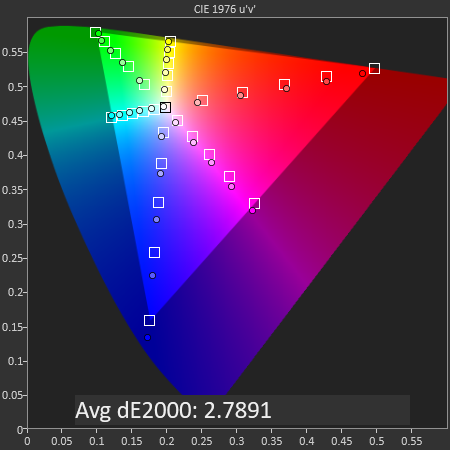
SpectraCal CalMAN
P30 Pro - Display P3 - 'Vivid'
Using Display P3 in the Vivid mode by definition isn’t actually a very accurate colour mode as the phone doesn’t have colour management adapted to the content. Nevertheless, the P30 Pro ended up with a dE2000 of 2.78. Here the biggest errors are in the blue primaries which overshoot the gamut targets, as well as saturation compression in the greens.
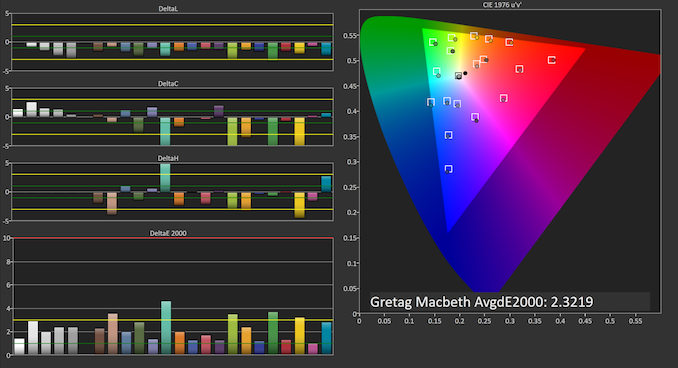

SpectraCal CalMAN
P30 Pro - GreTag MacBeth
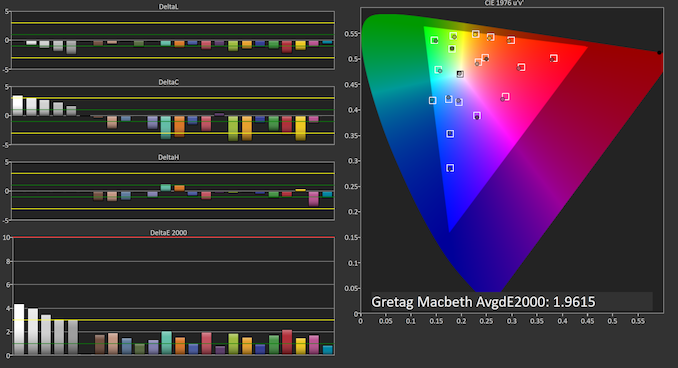

SpectraCal CalMAN
P30 - GreTag MacBeth

In the Gretag-Macbeth colour set of common tones and skin-tones, the P30 Pro ends up with a dE2000 of 2.3 while the P30 manages a better 1.96. The P30 fares better because of gamma/luminosity being nearer the targets, and while its chromacity error isn’t great, it has less severe outliers than the P30 Pro.
Display Verdict
Overall, both P30 screens are good. Their calibration isn’t top-tier, however they also don’t have any glaring issues, such as seen on the Mate 20 or P20. Thanks to the auto-boost function, their brightness is good for outdoor legibility, and the displays also don’t suffer from the weird exaggerated hue shift at off-axis angles such as the Mate 20 Pro.
If I were to criticise the panels in any way, it’s at least on the P30 Pro I would have expected to see a 1440p screen, like on the Mate 20 Pro. After the P30 launch event I was able to talk to Huawei’s VP of product marketing, asking about this precise aspect. I was a bit dismayed when the answer I got for the reason to stick to 1080p was battery life, with the VP insisting it makes a large difference. The Mate 20 Pro’s 1440p failed in terms of battery consumption simply because Huawei wasn’t able to implement it correctly, most notably relying on dual-MIPI DSI interfaces to drive it, instead of using compression with a single DSI interface. DDIC choice is also critical for battery life here; Samsung’s recent Galaxy S10 and S10+ showcase fantastic display power consumption at 1440p that is actually lower than both the P30s at 1080p. I hope in the future Huawei does finally figure out how to implement 1440p correctly, because I do think at screen sizes this big it does give a much needed quality boost, especially for a device that is priced as high end as the P30 Pro.


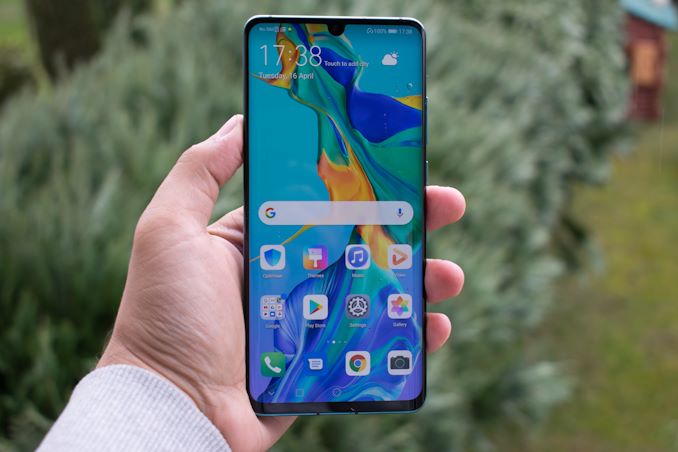








85 Comments
View All Comments
BabelHuber - Tuesday, April 23, 2019 - link
Just try to fix a bug via Magisk without root, or install a system-wide ad blocker (not only in the browser, but for each and any app). Or try to install a black overlay on WhatsApp or Instagram with the Samsung theme engine 🙄No, you simply don't get the features of substratum and Magisk without root.
zeeBomb - Monday, May 6, 2019 - link
Any specificiations of the Purism 5? Enticing device, looks like it's taking a jab to BBM...marko94 - Saturday, April 20, 2019 - link
im an accountant and tech lover, but until i have a reliable information of the actual cost of manufacturing a device, i wont necessarily call it overpriced. expensive. maybe, not overpriced. there's a difference.cpkennit83 - Sunday, April 21, 2019 - link
Average selling price will be down by 250€ in 2 months. If thats not proof enought the device is overpriced i dont know what is. Not specific to Huawei though, Samsung does it too. Only Apple and One plus tend tonstick to the same price for the entire life of the deviceMightyGadget - Sunday, April 21, 2019 - link
I had exactly the same thoughts on the 5x telephoto zoom, which I have not seen many people mention. I did use the phone at the same time as the Black Shark 2 recently and loved having the zoom over 2x that the Black Shark offered, but I think 3x is a bit more versatile. But yeah, in most cases, I think people will benefit from the low light photography more than 5x & 10x zoom.They should just add another 3x telephoto lens for next years model!
WPX00 - Monday, April 22, 2019 - link
The value equation with the S10 is wildly better for the P30 here in Asia. In Indonesia:P30 8/128: IDR 10 million (709 USD)
P30 Pro 8/256: IDR 13 million (922 USD)
S10e 6/128: IDR 10.5 million (745 USD)
S10 8/128: IDR 13 million (922 USD)
S10+ 8/128: IDR 14 million (993 USD)
The P30 is both lower priced and comes with double the storage of the base S10+, and is the same cost with the S10 vanilla with double the storage.
s.yu - Thursday, April 25, 2019 - link
You do get a notably worse screen, speakers, and SoC with the P30, also the expensive proprietary storage, and the build is questionable as they're still holding on to the scratchable plastic sandwich screen construction from the P20.To some people with certain needs the P30 may be of better value than the S10, but it's still the worst in value by far of almost all Chinese smartphones. At this price range go get a Reno 10x version, get a top tier Mi9, the latest Meizu or Oneplus 7 or anything else.
s.yu - Thursday, April 25, 2019 - link
BTW, look for grey imported Samsung as they're often cheaper (I did a 10-second search and found the SD855 ver. 8/128 S10 at CNY4650 which is less than USD690 on Taobao, the Exynos ver. 8/128 S10 at CNY 4158, while the "official" local price is CNY5999, lol), whereas you probably won't find any grey imported Chinese smartphones. They're without official warranty but I'm on my third smartphone without a warranty and I've never encountered an issue nor regretted the savings.ezekiel68 - Tuesday, April 23, 2019 - link
That one time I read a review of the Huawei P30 family and came to understand that the Honor View20 was all I wanted and more at a better price. (Yes, I know it's the same parent company)Roy2002 - Friday, April 26, 2019 - link
Huawei has the best cameras now.